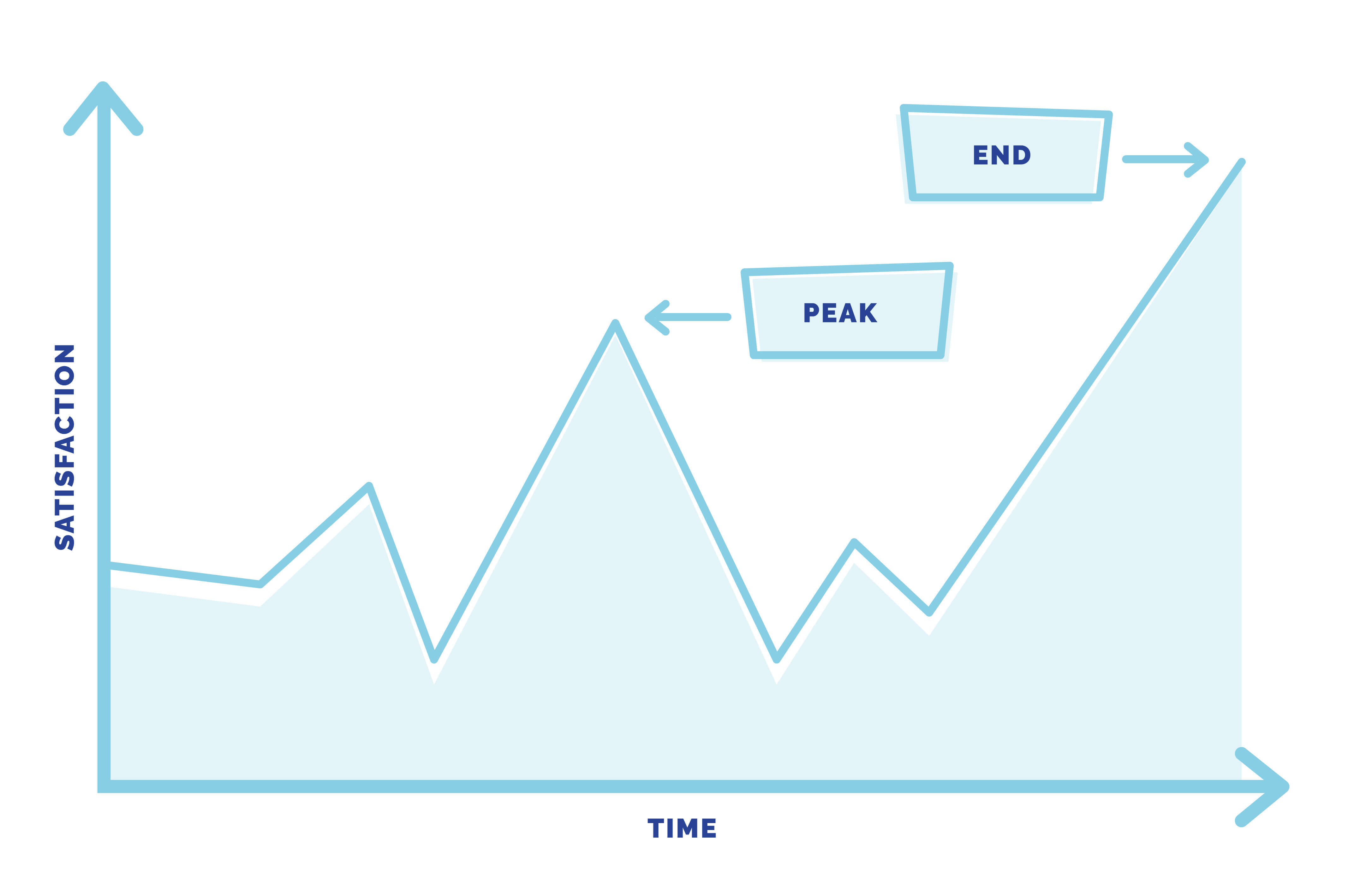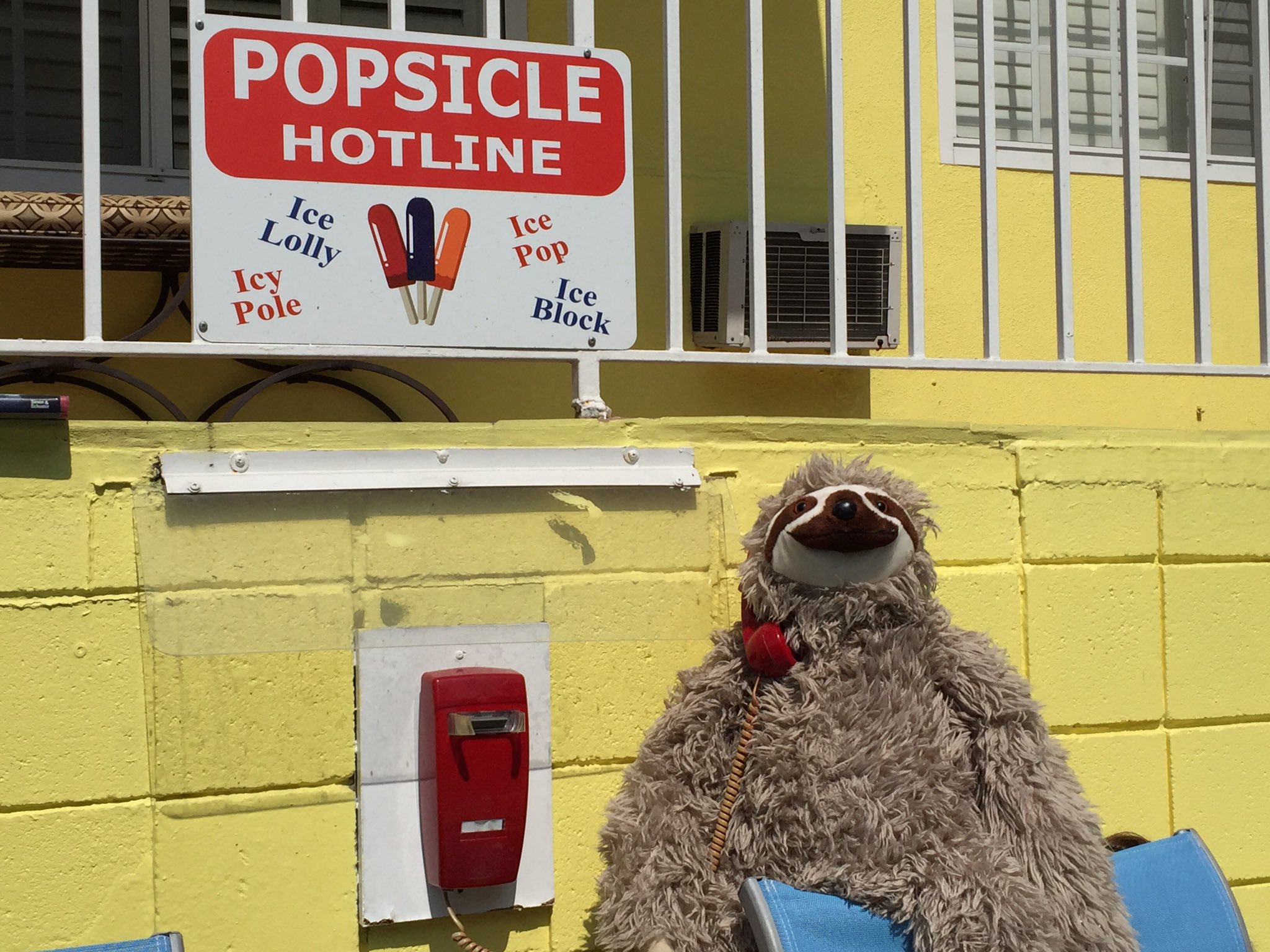You don’t need me or anyone else to highlight once again how 2020 is unprecedented, difficult and exhausting. By this point you’ve heard all about building resilience, agility and putting your customers first.

But I wanted to introduce to you a different angle for the latter, one that hopefully will reground and refresh your thinking and your efforts in engaging with your audience. For reference, I go into a lot more detail about all of this in my article for Customer Experience Magazine, The Power of Moments in Creating Memorable Customer Experiences.
Let me start with a question, and my favourite of the two theories I’ll touch on.
Why has The Magic Castle Hotel in L.A. become a top-rated hotel on TripAdvisor despite having dated furnishings and a small swimming pool?
The answer, at a tactical level, is that it offered a ‘popsicle hotline’, unlimited free of charge snacks, a board game and DVD menu, and pop-up magicians to entertain the customers at breakfast. At a strategic level, the hotel offers exceptional service, and introduced moments of delight, resulting in their customers leaving with positive happy memories.
And that there, is where the first psychology theory of this article comes into play.

Image courtesy of TripAdvisor
The mother of recall: Peak end theory
When it comes to judging an experience, we recall it from how we felt at its peak, the most intense point, and at its end. Known as peak end theory, this allows brands to create ‘peaks’ of positivity, sometimes even from a negative experience, which will be the stand-out that they will be remembered for.

The key to getting this one right in your customer experience journey, is to start with a level playing field."
If as a customer you receive good customer service all the way through an experience it will leave you feeling happy, but not necessarily something you’ll remember. If, however, there is a moment or two during the experience where you feel your expectations were exceeded – and it was unexpected – this will promote a longer-lasting memory and will encourage you to show loyalty to that brand.
The key to getting this one right in your customer experience journey, is to start with a level playing field. Create an efficient and seamless customer journey which meets the customers expectations. Then introduce elements of surprise or additional value at certain touchpoints which are unexpected, instigating a positive reaction. Keep true to your brand values and that’s a top notch formula for memorable customer experience.
And of course, this leads me into my second point today.
Emotions influence our decisions
95 percent of buying decisions take place in the subconscious mind, according to Harvard Professor Gerald Zaltman. The theory here is, that by creating an emotive reaction from your customer, you can unconsciously influence them to buy into your product or service. Designing with emotion in mind, means that emotions have to become an important driver when creating a memorable customer experience.
Emotions have to become an important driver when creating a memorable customer experience."
Therefore, we should aim to incorporate moments of delight, pleasure or surprise into our customer journey, to give more weight to emotion-led decisions, to ultimately encourage a more spontaneous, subconscious decision-making process.
In the world of product...
In our world, you can apply the same two principles to product design to influence consumer behaviours. When applying this principle to technologies, it’s all about creating ‘the hook’ comprised of four elements: trigger, action, reward and investment. It is this which makes pattern-forming technologies successful. With nearly half of all of our decisions based on habit rather than conscious decisions, this is how and why we can become ‘hooked’ to our favourite platforms and apps.
In the end, there are only a few points to remember:
1️⃣ experiences that have positive peaks are more memorable than purely frictionless ones,
2️⃣ emotion will always play a factor when choosing where to put our money, and
3️⃣ both of those principles can and should be applied within the constraints of your own brand values.



 Gosh it's hot today! Luckily I am right next to the Popsicle hotline at
Gosh it's hot today! Luckily I am right next to the Popsicle hotline at